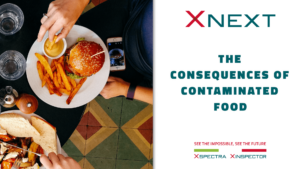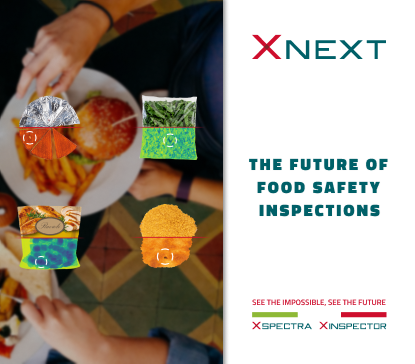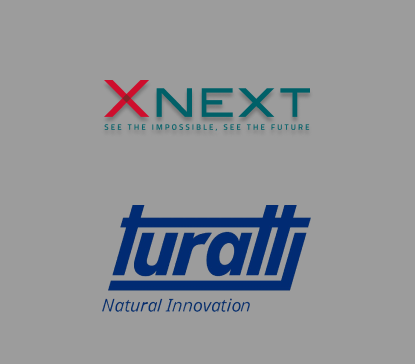The consequences of such a phenomenon can be disastrous and affect company business.

Food Contamination: Some data
Food contamination is more frequent than we unfortunately think. The EU, through RASFF, the Rapid Alert System for Food and Feed, counted 4607 notifications in 2021, of which 4102 concerned food products with both bacterial and physical contamination.
Over the past year, the number of registered alerts increased by 19.6% compared to the previous year, and there was a 3.5% increase in the number of original notifications registered for food and feed alone.
The most affected product categories include meat and seafood products, and the contaminants most frequently detected are plastics and metals.
Consequences
Today, most reports of product contamination come from end consumers who find foreign bodies on their plates as they unfortunately escape from food companies. When a product receives a report from an end consumer, the product itself must be recalled and withdrawn from the market to prevent other customers from coming into contact with the non-compliant food.
When it is withdrawn from the market, the product can obviously no longer be sold and logistical procedures are activated to bring it back to the factory where it will be checked or even discarded. In the meantime, production lines will have to be stopped to check the integrity of products being processed or ready to be shipped, identify the cause of the problem and solve it.
In the meantime, the manufacturer will have lost revenue from lost sales and the trust of its customers. In fact, it has been calculated that 21% of consumers do not buy the same contaminated product again and 15% buy from a different brand.
This translates into enormous damage to the image of the brand and the manufacturer, which will also have to bear the costs due to all the recall and withdrawal procedures required by current regulations. Therefore, they will have to provide for sending recall notices and warnings of product nonconformity, activate all logistical procedures to bring the products back to the company, and thus frustrate all the work of the production, processing and packaging chain.
Finding a solution
To solve these problems of food contamination, the manufacturer must first trace the cause of the contamination. For example, it could be due to broken or underperforming machinery or the presence of a foreign body that has been present since the raw material or raw material was received, or it could also be an inadequate inspection system to detect all contaminants. Locating the criticality may take some time and then solutions must also be found to avoid the recurrence of such events. The company must also assess whether its inspection system is capable of ensuring the necessary quality and safety. The optimal solution is inspection systems that can ensure the detection of all types of contaminants and thus cover all contaminant product combinations.
The solution by Xnext
Xnext has developed XSpectra, the most advanced x-ray inspection technology for food products capable of ensuring the highest level of food safety in the world, which can be the solution to the difficulties many manufacturers face in detecting certain categories of contaminants such as low-density contaminants that are difficult to detect by conventional inspection systems.
Xnext is capable of ensuring the best food safety by detecting plastics, bones, cartilages, insects directly in the production line and inside the food products. Thanks to XSpectra, many food producers have solved their food contamination problems and upgraded their production line to a more performant inspection system and towards the smart factory. Our machines are the best representation of Manufacturing 4.0.









